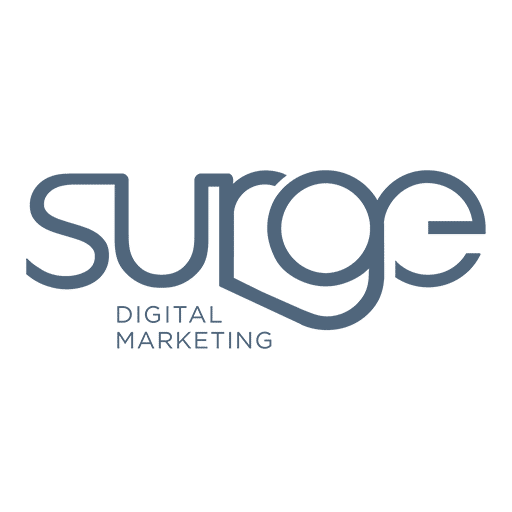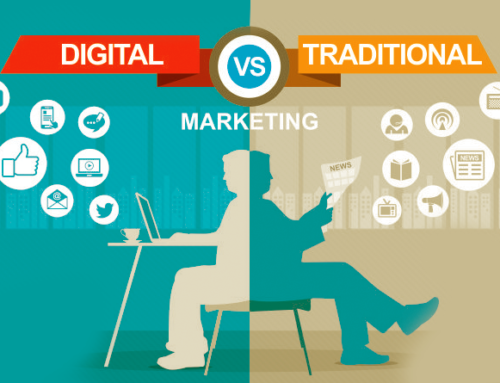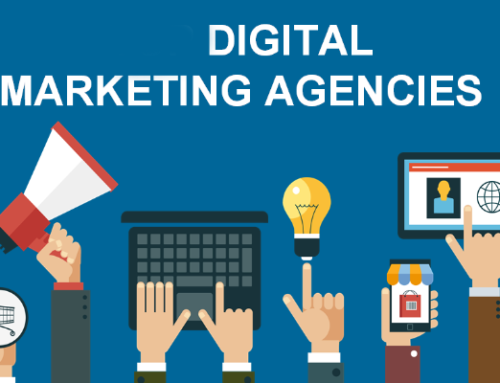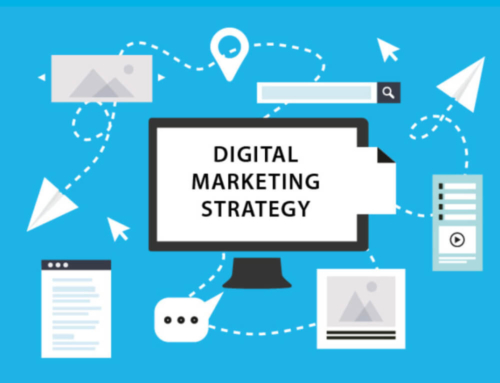I’ve have been helping business to business (B2B) companies develop and implement their marketing strategies, I’ve seen some common knowledge gaps that are not only costing each organization a lot of money but are also causing them to miss out on legitimate business opportunities. In almost every case, the main problems are due to their approach to digital marketing. In this article, I’m going to explain how to avoid common pitfalls and set up a funnel that will generate new leads and customers.
LIMITED TIME OFFER – GET A FREE 30-MINUTE STRATEGY SESSION
The first thing that everyone should realize is that digital marketing is hard. Don’t get me wrong, it can be an incredibly effective channel, but you can’t just run some ads and expect to get tons of new leads or sales. You need to have a strategy/purpose, develop a plan, implement a solution so that you can execute your plan and then review performance to improve and refine your approach.
DOWNLOAD THE SURGE DIGITAL ‘5 Ways to Grow Your Business in 90 Days’ EBOOK
Remember, social media and digital marketing is no longer the Wild West.
In 2012, you could get away with wishing your audience a happy [insert theme here] day and asking them how they planned to celebrate with absolutely no relevance to your brand or the customer value add. Not anymore. If you’re using social and creating organic content, it better be useful and authentic content for your end user while resonating with your brand.
Similarly, if you’re running ads on Facebook, LinkedIn or Google, make sure that your ad and audience targeting is relevant. The point is that in order to effectively leverage digital channels, you need to put out high-quality content and get to know your customer. If you’re not, it might be better to avoid using the medium.
Build out marketing funnels tailored to your audience.
Companies that specialize in offering a marketing service, like mine, get paid a lot of money to set up, create and, in our case, train you on how to effectively manage marketing funnels. In case you’re not familiar with the concept of a funnel, the idea is to systematically route people to specific content based on how they’ve interacted with your brand with the intention of increasing the likelihood that they will convert or achieve an outcome you want, like a lead or sale.
YOU MAY ALSO LIKE
The quality and effectiveness will vary based on your budget and approach, but here is a basic formula if you’re trying to generate B2B leads. There are various tools that can help with this, but you can take the approach below and implement it for your business.
1. Create awesome content (by having a content strategy aligned to your brand).
2. Cast wide but targeted (personalized) campaigns focused on introducing people to your brand or product by running awareness ads.
3. Based on the interactions people have with your content (through ads, videos and/or your website), retarget them and get them to engage with your brand by offering them something of value reflective of their response to the content. Basic examples include things like ebooks, webinars, templates, etc. Note that in order to effectively retarget someone and further develop personas, you will set up various pixels/tracking codes on your site.
4. In order to access the free content, ask the prospect for their contact information. This will allow you to follow up with them in the future.
5. If you’re running a webinar, send reminder emails and get people excited to attend. If a user can gain exposure to your brand/product/expertise, assuming it’s good, it will help you convert them.
6. Follow up with people who attend via ads, email and calls (depending on what makes sense), keeping in mind that your objective should be to provide value to the prospective customer.
7. Retarget and refine if they don’t convert.
8. Repeat from step one.
Test the user journey.
Even if you just have one niche audience identified and think you understand everything about them, take an empathetic approach to how that user will interact and engage with your content. Your goal is to offer value and ultimately have them make a purchase. The end user’s goal is to find something that is valuable to them that has a meaningful return on investment (ROI). This means you need to eliminate the friction it takes for them to accomplish every task.
For example, when someone clicks on an ad, can they find the content the ad said they would or do they have to navigate three levels deep into your website? Have you tested your landing pages to make sure they work on mobile? Many people don’t because they are generally developed on a desktop computer. Go through the process an end user would and ask yourself if it feels intuitive. If there are any points where you feel like something is confusing or missing, fix it.
Test everything.
No one is perfect and there is no guarantee that your first strategy, campaign, promotion, messaging, etc., will be amazing. For every step above, remember to test and try different things. Collect relevant data when you can, and adapt personas. Try to eliminate your personal bias and opinions and be humbled by the data-driven results.
Many companies I work with are doing some form of marketing, but they are not getting the results they want because they tend to be too general and not personalized in the content they are producing. If you want to improve your approach and generate more qualified business, I suggest you reevaluate what you currently have in place, ask yourself how you could implement what I’ve outlined above for each unique audience you have, and then start testing.
As always, keep being great.
Source: Forbes.com










